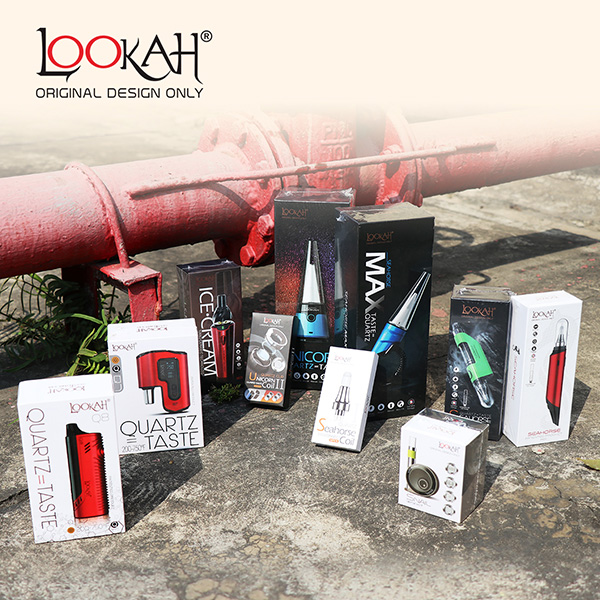Cannabis Concentrate sales jumped 40 percent in 2020
Cannabis Concentrate sales jumped 40 percent in 2020
Last year saw a 40% increase in the sale of medical and recreational marijuana concentrates.
To fully understand this data, we need to understand what a cannabis concentrate is. A cannabis concentrate is a product that is mechanically or chemically extracted from the cannabis plant and which has a higher cannabinoid potency than the original plant material and is commonly intended for smoking or vaporization.

Credit for photo: https://potguide.com/blog/arti...
There are many different types of cannabis concentrates, including but not limited to budder, budder, crumble, crystalline, hash, kief, live resin, moon rocks, oil, rosin, shatter, and terp sauce. You can read this article for a full overview of cannabis concentrates.
Now that you know what concentrates are, you may be wondering what the reasons are for the dramatic increase in sales?
When people start taking drugs or using marijuana for recreational or medical use, they tend to smoke regular cannabis first.
When you do this, you're inhaling between 0 and 35 percent THC. Over time, though, if you smoke the same amount and percentage, your tolerance will start to increase. This tolerance can become so strong that the amount you've been inhaling stops having the same effect.
Enter a powerful player: cannabis concentrates. These bad boys have a potency of 3, 4, or maybe 5 times marijuana and can contain over 90% THC!
Many companies use chemicals like butane in order to extract these concentrates from the plants, and if they don't clean the final product of these concentrates after, it can end up in your lungs (yucky).
This is why a lot of people feel happier using a solvent-free concentrate. These are made either using a hot iron press to squeeze out the rosin or using old-fashioned ice water to extract the hash.
When I tried dabbing for the first time, the process was a little intimidating, heating up a nail/banger, pressing the concentrates to its hot surfaces with a dab tool, and then inhaling the rich vapors. It was also a potent and sudden rush as the THC and cannabinoids quickly rushed into my body through my lungs.
The almost instantaneous effect was quite remarkable, and for those treating medical symptoms by dabbing, I can see this as a huge benefit.
One second you could be suffering from excruciating pain, and the next, it's magically gone, and you're in bliss.
For people who would otherwise have to smoke several bowls of cannabis flower to relieve chronic pain, it's life-changing.
Dabbing with a dab rig, banger, and torch could be a little intimidating. It can take a while to get all the equipment for our dabbing set up; and can set you back a small fortune, however with modern enail like the Lookah Q7, an electric dab rig such as the Unicorn or 510 thread vape pen batteries for oil carts vaping dabs or coil concentrates is more affordable and accessible than ever.

Since vaporization has become more accessible, it makes sense for most "heavy medication" to use oils/concentrates rather than plant materials for economic and health reasons.
What accounts for the remarkable increase in sales of cannabis concentrate?
Total concentrate sales increased from $567 million in 2019 to $797 million in 2020. It's worth noting that the data collected only came from California, Colorado, Nevada, Washington, and Oregon. Despite the increase in demand for concentrate, pharmacies are more than happy to meet the demand, as the wholesale level of concentrate has increased by 7.3 percent from 2019 to 2020. The average price for concentrate in those states is $19.68. You can read this article to find out how much cannabis concentrates and extracts cost.
While cannabis concentrate sales have increased significantly, flowers are actually the most popular item people buy.
In December 2019, about 90% of all cannabis products sold was 1-gram of dry herb. By December 2020, that percentage had risen to 6 percent!" So overall, we can see the market both for flower and concentrate has been booming over 2020.
In the early days of the market, we tended to see an 80 to 20 preference in favor of flowers, but as consumers become more sophisticated, that trend will shift.
There's a strong correlation between the type of product consumers are looking for and how long the industry has been around. In more mature markets, there is a higher demand for cannabis concentrates, and this pattern is likely to be repeated as the markets in states that have more recently legalized marijuana and concentrates mature.
